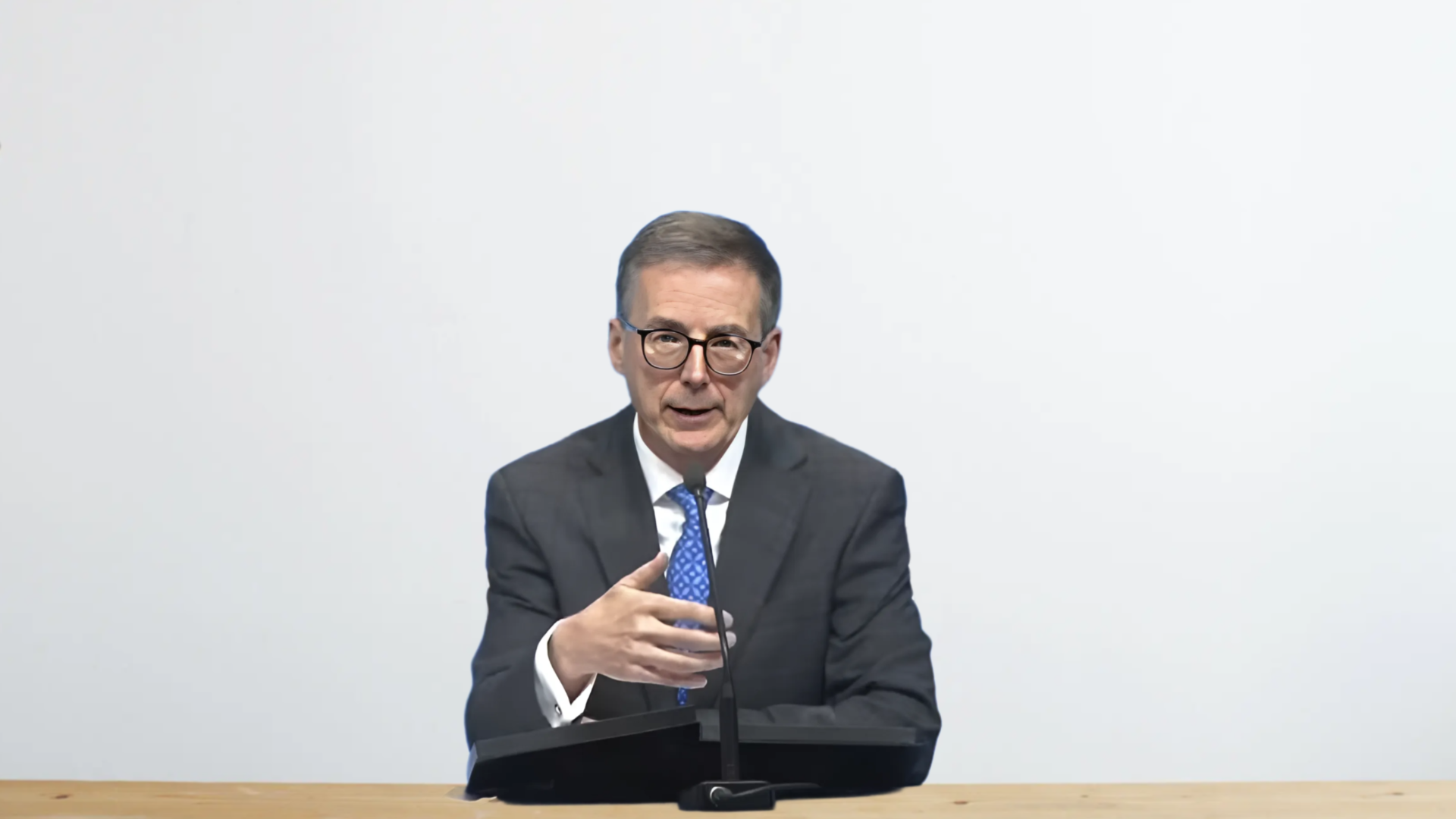Today, the Bank of Canada announced a significant reduction in its key overnight interest rate, cutting it by 50 basis points, or half a percentage point. This brings the rate down to 3.75 percent.
Governor Tiff Macklem of the Bank of Canada and Senior Deputy Governor Carolyn Rogers fielded questions from reporters regarding the latest decision.
“This larger rate cut is designed to support economic growth as inflation moves closer to our 2 per cent target,” Macklem said. He pointed out that, while inflation has steadily decreased, the central bank’s priority is now to ensure that the Canadian economy regains momentum.
The governor explained that headline inflation dropped to 2.5 per cent in July, with core inflation showing similar declines. However, he emphasized that high shelter prices, among other factors, remain a concern and continue to exert upward pressure on inflation.
“The goal here is clear,” Macklem noted. “We want consumers to start spending more and businesses to feel confident in investing. These steps are essential to sustaining economic growth and ensuring inflation stays within the target range.”
The 50 basis point reduction marks a shift from the Bank’s earlier policy decisions, where smaller 25 basis point cuts were favored. Macklem addressed the rationale for this more substantial cut, stating that it reflects the need to absorb excess supply in the economy and the bank’s efforts to strengthen the labor market and business confidence.
“This is our third consecutive rate cut, but today’s decision is double the size of the previous ones,” Macklem said. “The economy needs a more robust push at this stage, and we believe this larger reduction is the appropriate step.”
Reporters asked Macklem and Rogers about the rising unemployment rate and its implications for future rate cuts. The governor acknowledged that the unemployment rate reached 6.4 per cent in June and July, disproportionately affecting youth and newcomers to Canada. Hiring has slowed, but layoffs remain moderate.
The housing market also came under scrutiny. Rogers spoke about the impact of housing costs on inflation, particularly rental prices, and how the bank is closely watching population growth and immigration policies to better assess housing demand and supply dynamics.
“Shelter price inflation remains high,” Rogers noted, “but we are seeing early signs of easing in this area, and we hope that with the rate cut, we can encourage more activity in the housing market, which will help alleviate some of the pressure.”
Macklem did not rule out further rate cuts in the near future, stating that if inflation continues to ease as projected and economic growth remains sluggish, additional reductions could be considered. However, he stressed that the central bank would continue to take a data-driven approach to monetary policy.
“If the economy shows weaker-than-expected growth or inflationary pressures subside faster than anticipated, we are prepared to take further steps,” he said. “But we are not on a predetermined path. Each decision will be made based on incoming data.”
Macklem and Rogers were also asked about rising global trade tensions and the potential impact on Canada’s economy. Macklem highlighted growing protectionism, particularly in trade with China, as a key issue the bank is monitoring. Additionally, concerns about Canadians taking on too much debt in response to the rate cuts were addressed, with Macklem acknowledging that household debt is high, but necessary to support economic growth at this stage.
“We know that lowering interest rates will help reduce pressure on households, especially those with variable-rate mortgages,” Macklem said. “But we are also mindful of the risks, and we continue to monitor financial stability closely.”
The Bank of Canada’s decision to cut its key interest rate by 50 basis points marks a decisive effort to stimulate the Canadian economy as inflation eases. With economic growth expected to strengthen in the second half of 2024, the central bank remains committed to balancing inflation control with fostering business investment and consumer confidence. Further rate cuts may be on the horizon if economic conditions warrant additional measures.

